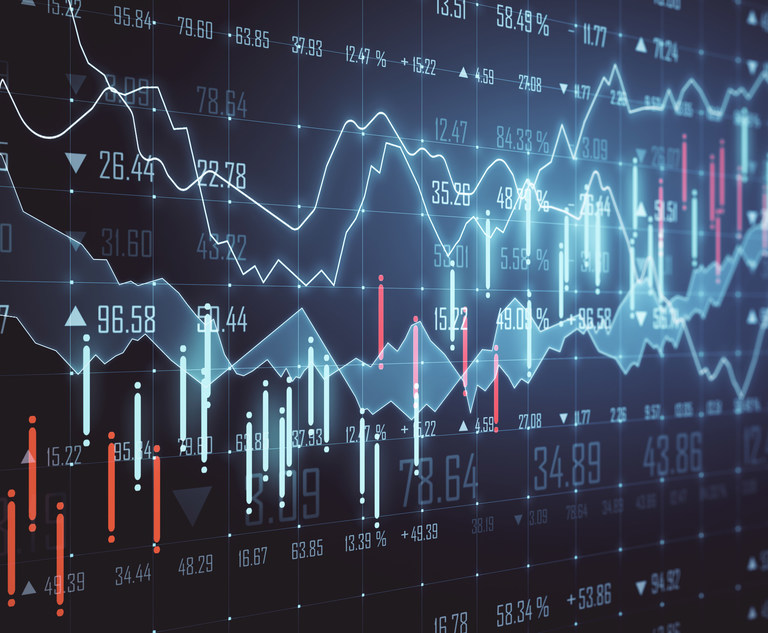As Ukraine tensions and U.S. rate-hike bets whipsaw global markets, investors are going back to the drawing board to search for the next big trade.
For Kellie Wood, a money manager at Schroders Plc in Sydney, long-dated Treasuries are the clearest bet as they offer a refuge from Russian risks and possible monetary policy missteps. Citigroup Inc. has switched to an overweight position in five-year U.S. sovereign bonds, while hedge fund K2 Asset Management sees opportunities in sold-off European stocks.
Portfolio managers are trying to get a handle on the recent swings that have left virtually no corner of the market untouched. A gauge of volatility in the Treasury market over the next 30 days, as measured by the ICE BofA MOVE Index, climbed to the highest since the initial pandemic sell-off in March 2020.
“Risk-off can play out from Ukraine, play out from the Fed hiking 50 basis points in March,” Schroders’ Wood said in an interview. And with rate hike bets from the U.S. to Europe building by the day, “there’s just that risk that central banks do tighten potentially too hard, there’s the risk of a policy mistake.”
Haven assets fell sharply on Tuesday as Russia announced it was pulling back some troops after completing drills, driving the U.S. 10-year Treasury yield back above the psychologically important 2% threshold. It had dropped to as low as 1.91% on Friday after the U.S warned Russia military action was imminent, spurring a rush for safe government bonds.
Yields on 10-year Treasuries have climbed about 50 basis points since the start of the year. At the same time, traders are also boosting wagers that the Federal Reserve may be forced to cut borrowing costs from the end of 2023 after tightening policy in earnest.
“The Fed has come out markedly more hawkish than markets were expecting, and the problem is they are probably going to over-deliver because inflation is much stronger than they wished for, and yet policy is still very accommodative,” said Vimal Gor, head of Alternative Duration at Pendal Group.
That’s prompting the likes of Citigroup to favor haven assets.
“This is the year to become defensively positioned whether it’s equities or fixed income,” said Ken Peng, head of Asia investment strategy at Citigroup’s private-banking arm. “Even without the Ukraine concerns, growth is slowing, inflation is very high. Treasuries are a hedge and portfolio stabilizer even if yields go up a bit more.”
Even though risk aversion has turbocharged interest in Treasuries, that hasn’t stopped U.S. bonds from posting their worst start to a year in more than four decades as expectations of rising borrowing costs build.
On the 32nd floor of K2’s Collins Street office in Melbourne, George Boubouras is sifting through the noise to look for the next trade. The head of research at K2 sees opportunities in European developed-market equities, including the FTSE Index.
“The backdrop is obviously one of high uncertainties at the moment with the Fed starting to tighten and geopolitical risks, but if you look at game theory we don’t think Russia will invade,” said Boubouras. “In that context, there’s extraordinary value in core Europe right now.”
German benchmark 10-year borrowing costs rose as much as three basis points on Tuesday to the highest since December 2018. The yield on their Italian peers advanced to within a whisker of touching 2% for the first time since May 2020.
While funds jostle to position bets, some strategists say it will only be a matter of time before U.S. yields start rising significantly again once the focus shifts back to inflation.
“Historically, geopolitical events often cause an initial risk-off bid to bonds, but once the dust settles, the market returns focus to the growth and inflation fundamentals,” said Nick Smyth, strategist at Bank of New Zealand in Wellington. “We obviously don’t know exactly how this will play out, but I suspect it won’t have a lasting impact on U.S. Treasury yields and the likely direction of rates is still ultimately upwards.”
It’s a sentiment shared by strategists at DBS Bank Ltd.
“The interplay of Fed hike expectations, inflation worries and geopolitical risks around Ukraine are impacting the UST curve,” strategists including Eugene Leow wrote in a note. “Conflict around Ukraine is unlikely to derail Fed normalization.”
Ruth Carson and Garfield Reynolds report for Bloomberg News.
NOT FOR REPRINT
© 2024 ALM Global, LLC, All Rights Reserved. Request academic re-use from www.copyright.com. All other uses, submit a request to [email protected]. For more information visit Asset & Logo Licensing.


 Credit: peshkov6/stock.adobe.com
Credit: peshkov6/stock.adobe.com




